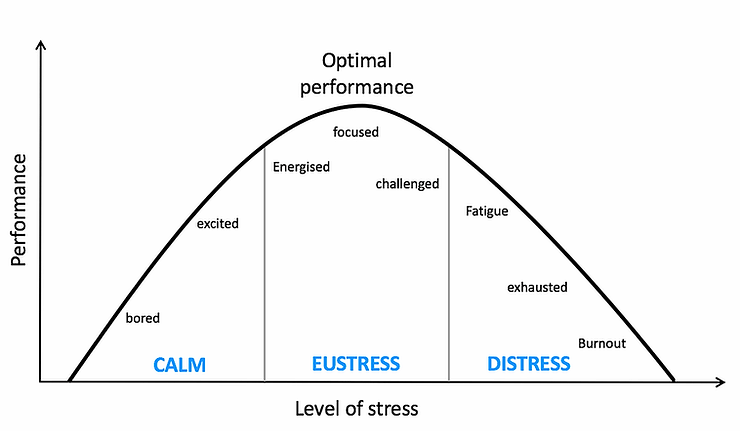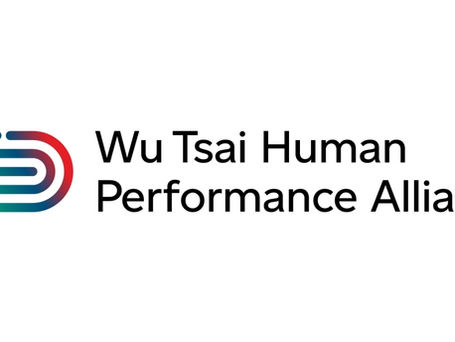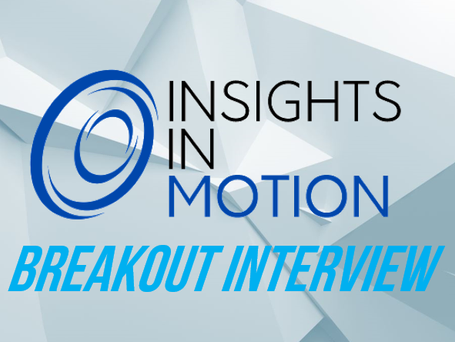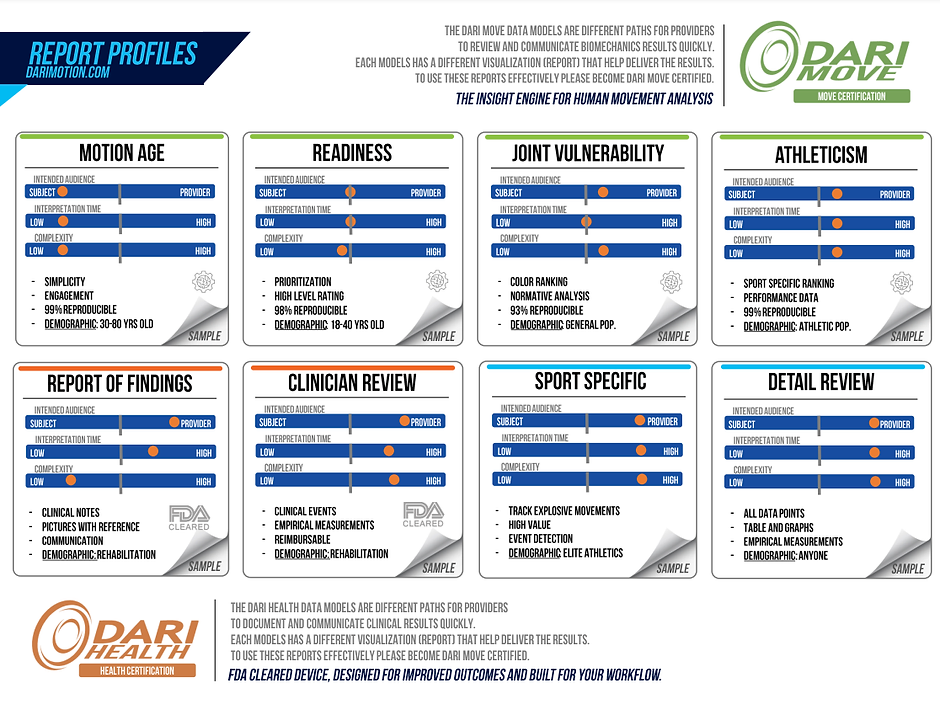Sports Performance & Readiness: For athletes the connection just “makes it all easier”

Athletes today are under the microscope more than ever and the expectation to perform is nearing an unrealistically high level. Ironically, everyone wants an athlete to be performing their best or “peaking”, but to peak your athlete needs to be increasing and then decreasing their performance. This is not optimal for an athlete’s performance expectation.
 New research and views on performance are focusing on athletes performing at less than a 100% of their expectation. When athletes take the field they can be playing at 90% of their abilities and still be high performers. This overall trend puts less stress on the athletes and maintains a healthier athlete and lower injury risk.
New research and views on performance are focusing on athletes performing at less than a 100% of their expectation. When athletes take the field they can be playing at 90% of their abilities and still be high performers. This overall trend puts less stress on the athletes and maintains a healthier athlete and lower injury risk.
To make this all work, the goal is to reduce the perceived exertion of the athlete to perform the sports specific task. When the exertion level is lower and performance is high you have the correct stress level on the athlete (eustress).

When an athlete’s readiness (motion health) is monitored and optimized their entire body becomes more efficient. The result is an improvement in mobility, alignment, and reductions in torque from head to toe. When this athlete applies this higher level of readiness to sport specific movement the result is maintained (or increase performance) with less effort.
A real world example of this application is baseball pitching. Athletes with progressively improved readiness have noted an overall reduction in sports specific stress. One individual noted “it just feels easier”.
Focus on your athlete’s readiness and the results will cascade to all areas of sports performance.
Recent Posts

Wu Tsai Performance Alliance: University of Kansas

Insights In Motion – Interview Series
